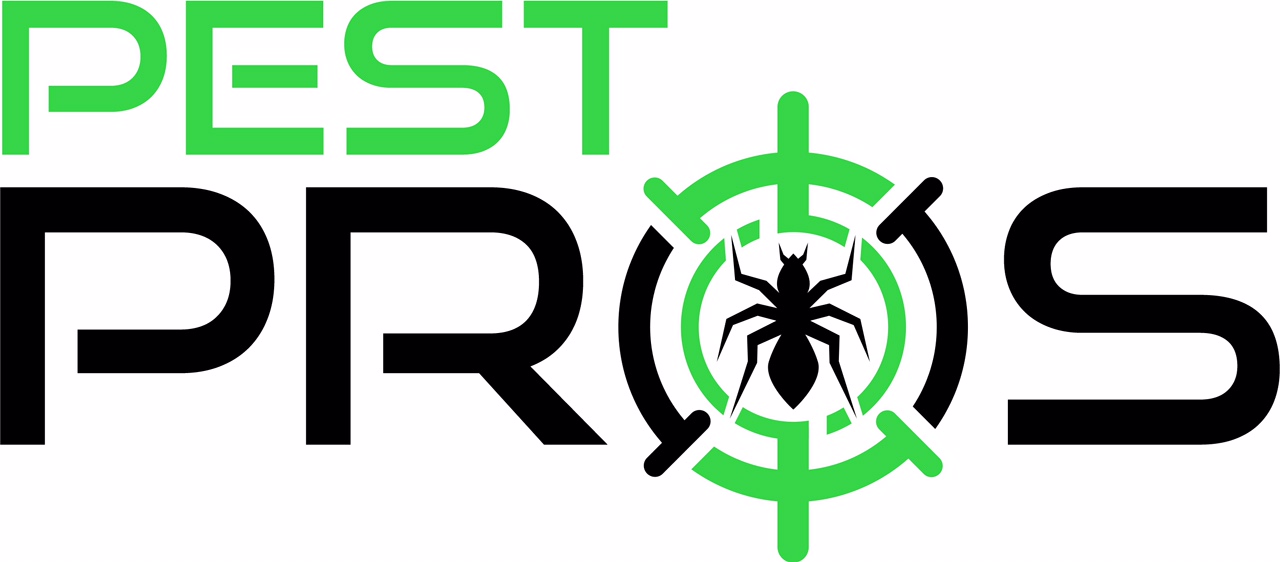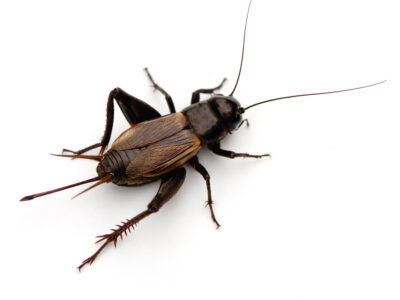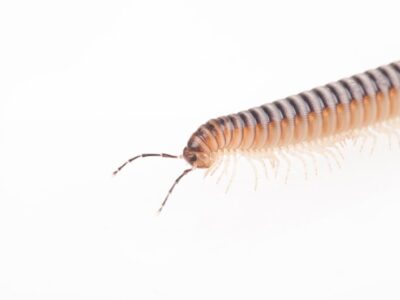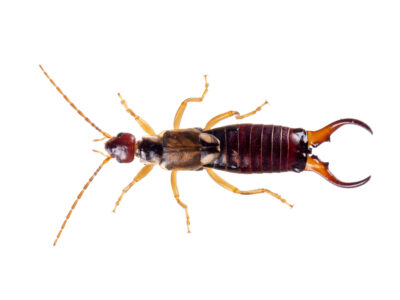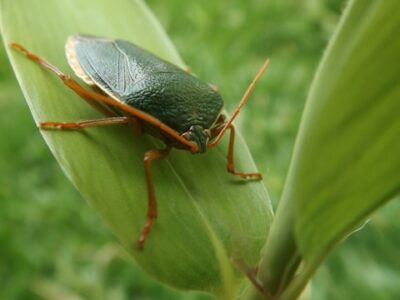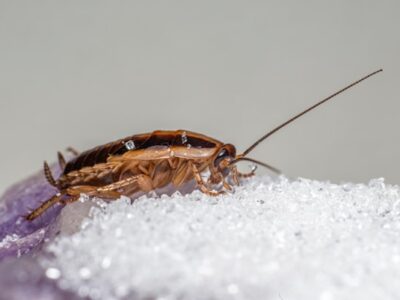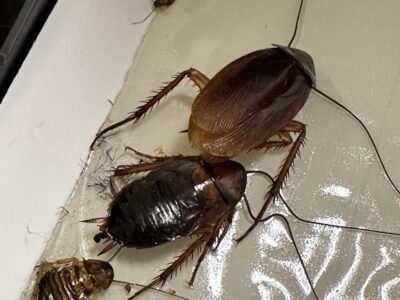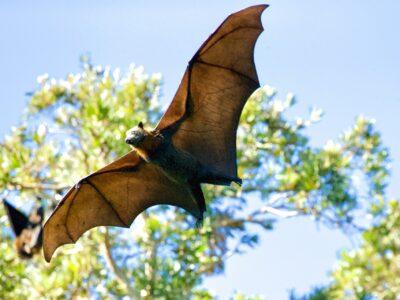Millipedes are elongated arthropods with two pairs of legs per body segment, distinguishing them from their close relatives, centipedes, which have one pair per segment. Typically found in damp environments where they feed on decaying organic matter, millipedes play an essential role in the ecosystem. However, during periods of excessive moisture or drought, they may invade homes in search of a more favorable habitat, which can make them a nuisance.
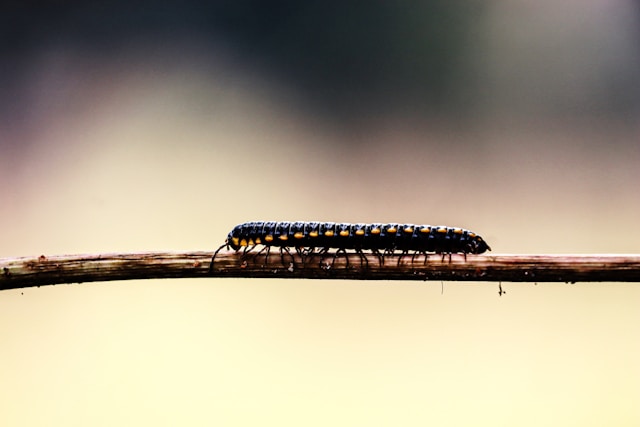
Why Are Millipedes a Problem?
Home Invasion
Millipedes can enter homes in large numbers, especially during changes in weather such as heavy rains or drought, seeking moisture or cooler temperatures.
Foul Odor
When disturbed or crushed, some millipede species can emit a foul-smelling fluid as a defense mechanism, which can be unpleasant and difficult to remove from surfaces.
Aesthetic and Nuisance Issues
While they do not cause structural damage, their presence in large numbers can be unsettling and may lead to cleanliness concerns, as they can invade living spaces and perish, leaving behind unsightly remains to clean up.
Potential for Minor Damage
Some species of millipedes can nibble on tender plants and damage young seedlings, which can be a problem for gardeners.
Signs of Millipede Infestation
Sightings of Millipedes
Frequent sightings inside your home, particularly in basements, garages, and other lower-level areas, often indicate an infestation.
Clusters of Millipedes
Finding clusters of millipedes, especially in moist areas or where the wall meets the floor, is a common sign of an infestation.
Foul Odor
Noticing a strange, unpleasant odor in areas of millipede activity can indicate their presence, as some species release odorous secretions.
Entry Points
Visible trails or accumulations of millipedes near foundational cracks, doors, windows, and basements suggest entry points that need attention.
Millipede FAQ’s
What attracts millipedes into my home?
Millipedes are attracted to moist environments. Excessive outdoor moisture, lack of proper ventilation, and high humidity levels inside homes can invite millipedes indoors. They also move indoors during extreme weather conditions to escape the heat or dryness.
How can I prevent millipedes from entering my house?
To prevent millipedes, eliminate moisture accumulation around your home’s foundation, clear debris where millipedes could breed, and improve ventilation in crawl spaces, basements, and other damp areas. Sealing cracks and openings around the home’s exterior can also help keep millipedes out.
Are millipedes dangerous?
Millipedes are not dangerous; they do not bite or sting and are not known to carry diseases. However, some species release a defensive liquid that can irritate the skin or eyes if not washed off promptly.
What is the best way to get rid of millipedes?
Physically removing millipedes by sweeping or vacuuming them up is an effective method. For ongoing problems, consider using a dehumidifier to reduce indoor humidity levels, and apply targeted insecticide treatments around the perimeter of your home, focusing on entry points and damp areas.
Don’t Let Millipedes Take Over Your Home!
If you suspect you have a millipede problem, don’t wait. Contact Pest Pro for a professional inspection and effective treatment. Our experienced technicians have the knowledge and tools to eliminate bed bugs and restore your peace of mind.

Why Pest Pros?
- We Get the Job Done Right: Pests hide in the toughest spots. With over 40 years of combined experience, we know where to look and how to tackle the problem.
- Safety & Expertise: We use only high-quality, EPA-approved products and invest in ongoing training for our technicians. Your family’s safety is our priority.
- Guaranteed Results: Our proven Integrated Pest Management (IPM) approach eliminates pests and prevents them from returning. If they do, we’ll come back at no additional cost.
If the Pests Come Back, We Come Back
Pest Control Treatment Includes
In Depth Inspection
Our pest specialist will perform a in-depth inspection of your home; we are looking for conducive conditions that pest thrive in. You tech might fight signs of rodent activity, active ant trails, or moisture-related issues.
Preventive Pest Service
Your pest service program will include monitoring stations for pest activity and target applications for pest found. Slow release granular application around your home and a protective spray barrier to stop pest from moving in.
What Pests Want
Yes, we give pests what they want: Food! Our pest specialist carry a variety of food that pests cannot resist, and they know how to carefully apply the right solutions in common nesting spots for effective elimination.
Related Services
Cricket Control
Crickets are common insects that are known for their distinctive chirping sounds, which males …
Centipede Control
Centipedes are fast-moving, elongated arthropods with a single pair of legs per body segment, known …
Earwig Control
Earwigs are small, slender insects recognized by their distinctive pincers on their abdomen, which …
Stink Bug Control
Stink bugs, known for their distinctive shield-like shape and the unpleasant odor they emit when …
Testimonials
“Jason came out to provide a termite estimate. Due to his confidence, knowledge, and professionalism I hired him on the spot. About an hour later he had us set up to begin exterminating our termites with monitoring stations. I went with Pest Pros not because they offered the lowest cost estimate, but because of Jason.”
– Krystal Scott-Rhodes
Google Review
“These guys are awesome! On time, personable, friendly, honest and knowledgeable. I am so glad I called a local business like Pest Pros that I know will not try to take advantage of me. Would highly recommend Jason and this business! Thanks guys!”
– Kristen Miller
Google Review
“I had an awesome experience with Pest Pros and Hayden! He was professional and very thorough. I think he did an awesome job addressing our ant concerns and seemed very knowledgeable. I had a bunch of questions and he took the time to answer all of them. Thank you!”
– Katie
Google Review
